- Category
- War in Ukraine
How Foreign Volunteers Are Helping Ukrainians Win the Drone War
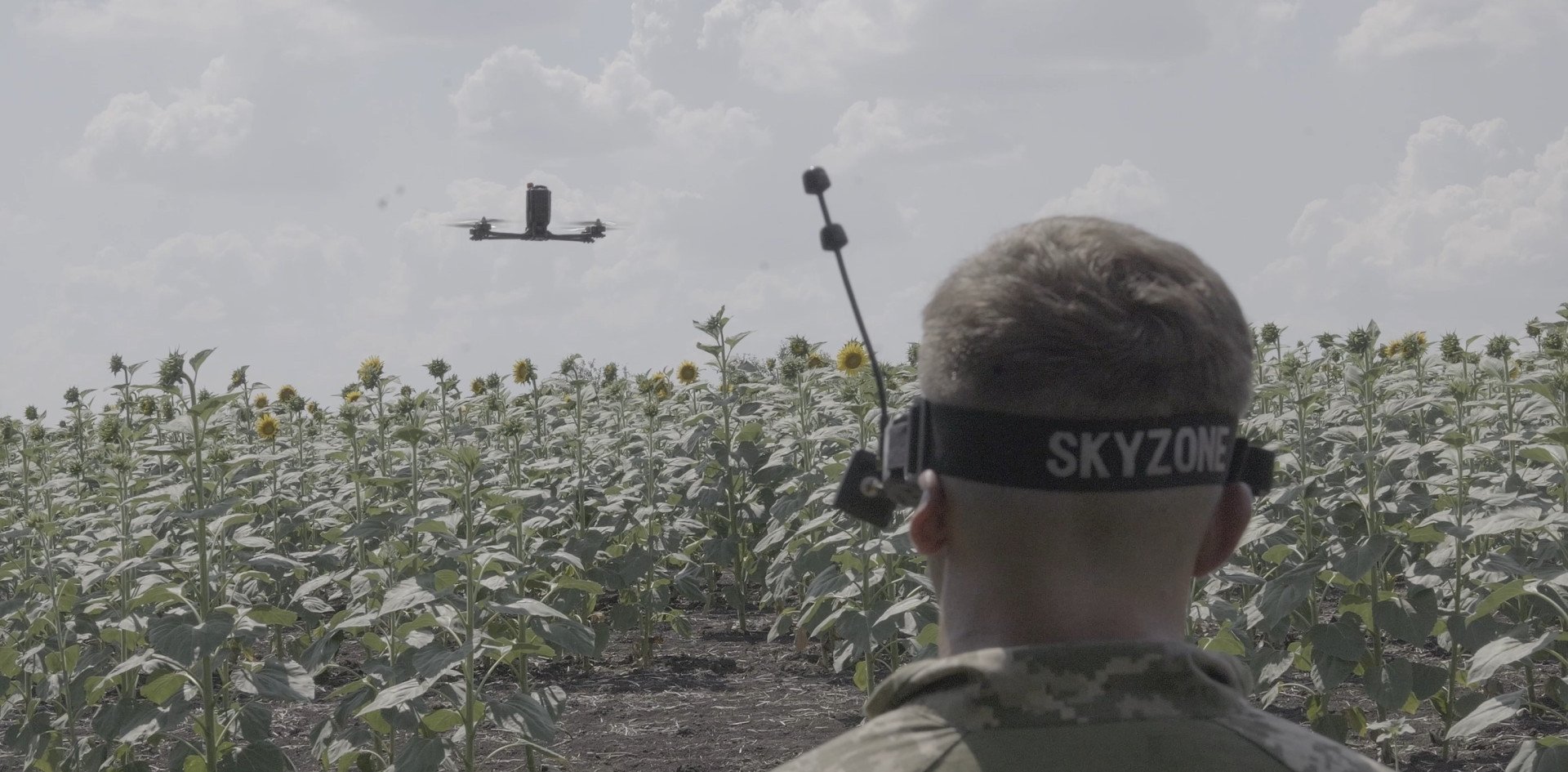
Meet the newest unit in the 25th Separate Airborne Brigade—made up entirely of foreign volunteers whose sole focus is to engineer and pilot drones.
Ukraine is making drones in large numbers and recruiting foreigners to help. Near the frontlines, Ukrainian soldiers of the 25th Separate Airborne Brigade work alongside foreign volunteers who are training to operate and engineer drones. The newfound efficacy these Unmanned Aerial Vehicles (UAVs) bring to the battlefield is undeniable and is changing the landscape of the war. UNITED24 Media travels to the brigade's base to meet with these heroic foreign volunteers, who have traveled from across the world to defend Ukraine.
Foreign volunteers
The volunteers come from all over the world, the majority hailing from Ukraine’s allied countries: the United States, England, Canada, Ireland, and Australia. They are mostly, if not all, men aged 19 to their late 30s. Experience is not required, just a desire to work hard and serve Ukraine. “The only army I’ve ever been in is the Salvation Army,” Toby from Minnesota tells us.
Toby is the group's newest addition and is eager to learn the ropes. Minneapolis and its suburbs are home to one of America’s largest Ukrainian diasporas. Toby flew from the twin cities to Berlin, Germany, before catching a series of trains that would take him into Ukraine. He cites “freedom” as the driving force that pushed him to come. “Ukrainians deserve freedom,” he says, “And the Russians need to stop. In the context of Ukraine, they have to be destroyed.”
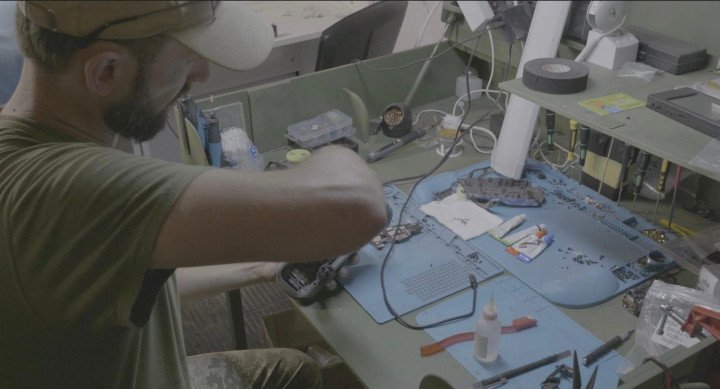
Anton, the platoon's Ukrainian commander, says that volunteers like Toby keep him going. After nearly two and a half years of war, Ukrainian soldiers are tired, having fought for months on end with little to no time off.
“These guys want to be here,” Anton explains. Foreign volunteers are ready and willing to work. They arrive full of energy and are eager to learn, which Anton says makes his job more enjoyable. It also gives him the opportunity to practice his English and learn about other cultures.
Drones, drones, drones
Not far away from the barracks is a separate location where volunteers learn to operate drones. According to Kim, an American volunteer who has been in Ukraine since the beginning of the full-scale invasion, over 60-70% of casualties are now from drones.
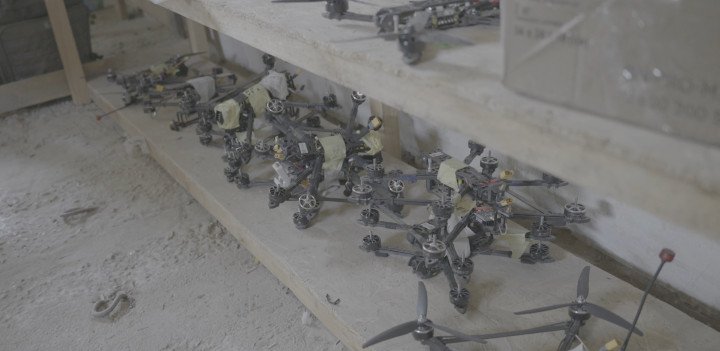
While the average success rate of a single UAV is just 25%, when drones do reach their targets, they are more precise than an unguided artillery shell. They are also a fraction of the cost.
The average unguided artillery shell ranges in price from $2-3,000, and with new demand from weapons manufacturers, the cost has, in some cases risen as high as $8,000 per shell. “It’s like having a really precise artillery round,” says one volunteer on the subject. A precision-guided artillery shell can cost as much as $120,000.
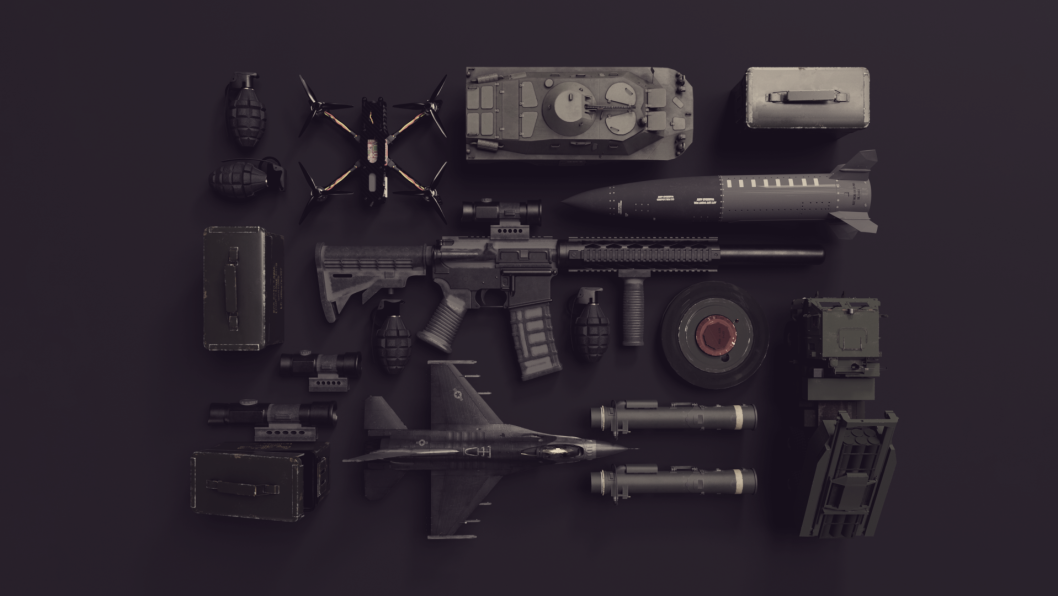
Drones are a fraction of the price of artillery. An average 10” drone costs $2-300. The only real questions are whether Ukraine can make enough of them and whether it has the men required to do it. This platoon of foreign volunteers is helping to solve that problem.
Operating and engineering drones
Until now, the only avenue foreigners could take to work alongside the Ukrainian military was to enroll in the Foreign Legion. By enrolling with the 25th Separate Airborne Brigade, volunteers are taught how to engineer and fly drones over the course of approximately three months. After three months, these volunteers have the opportunity to sign a six-month contract and join the Ukrainian army, at which point they will be sent to boot camp for formal training.
Learning to fly drones is not as simple as it appears. They might look like video games, but for trainees, it's deadly serious. Initially, volunteers start on a simulator to get the basic muscle memory of how to operate the space correctly, Kim explains. Then, they move outside onto line-of-sight flying, using the physical drone. Once they get past that, they graduate to flying the physical drone in the air, doing maneuvers like figure-eights, loops, and circling.
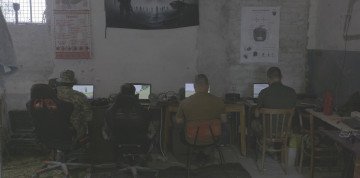
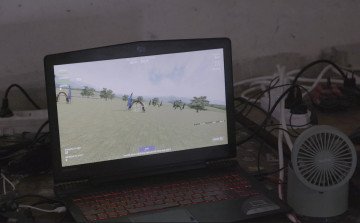
Before their transformation, these drones are essentially just toys. It's what happens at the workshop that turns them into flying machines for war. Engineers both Ukrainian and foreign work around the clock on new ways to improve the UAVs. While they are not able to share the specifics, it is clear that Ukraine is at the forefront of drone warfare and is working hard to find new uses and experimenting with modifications.
When the drones are modified, they are done using 3D printers. The printers allow engineers to design and create new parts to carry things like explosives. Luis, a 19-year-old from Ireland, is in charge of the 3D printing lab, where ten printers work around the clock to keep up with the engineers' pace. Back in the workshop, one engineer can assemble as many as 40 drones in a single day.
How to join
Like so many other volunteers, Luis had no experience with drones prior to his arrival in Ukraine. Before joining the 25th Brigade, Luis volunteered with a Scottish charity, HopeFull, where he traveled throughout Ukraine’s frontline regions making pizza as a way of giving hope to those affected by the war.
“When I first came to Ukraine, I was mostly involved in the NGO scene for a number of months, and then kind of over time, you get the feeling that there’s a little bit more you can do. Obviously, it's very important to treat the symptoms of the war, to try and alleviate some of the suffering but as well, I felt some obligation to try and also help to achieve victory,” said Luis.
He first learned about the opportunity through Reddit. It was listed as a volunteer advert under the subreddit R/UkraineForeignLegion. He says he felt comfortable reaching out as the post was PAV-verified, meaning it was confirmed by the organization “Protect a Volunteer”, which verifies the identities of users and adverts.
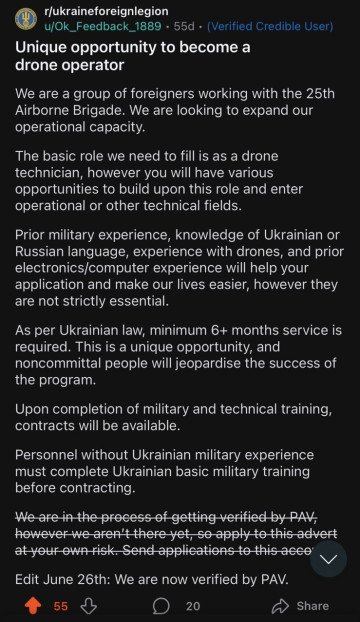
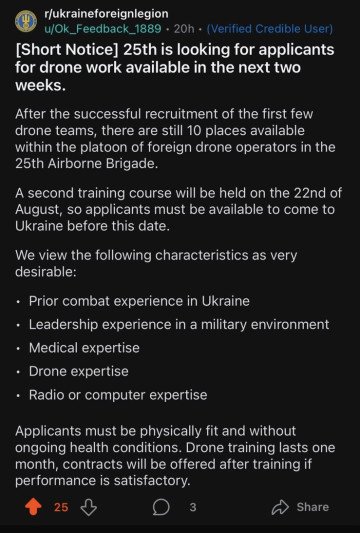
The work itself is intensive. The archetypal volunteer is tech-savvy and time-committed. Luis and his fellow volunteers eat, sleep, and dream drones. “[There was] no point in my life I didn’t want to do this,” says Luis with unmistakable excitement and purpose in his voice.

Luis describes life on the base as pleasant. He feels a camaraderie with the Ukrainian soldiers. His only regret is that he doesn't speak the language. “They are such solid guys. Really, really kind. If I could speak the language, oh man.”
The war’s ever-changing landscape
In creating a platoon of foreign drone’sters the 25th Separate Airborne Brigade is solving two problems at once; it is helping Ukraine fulfill its need for drone operators and engineers, as well as offering foreigners a way to help Ukraine that doesn’t necessarily involve fighting on the frontlines.
As the landscape of the war continues to shift towards drone warfare, it is likely that we will begin to see more units like this in the future.
Information on volunteering with the 25th Separate Airborne Brigade: https://25brigada.com.ua/en/
-fca37bf6b0e73483220d55f0816978cf.jpeg)
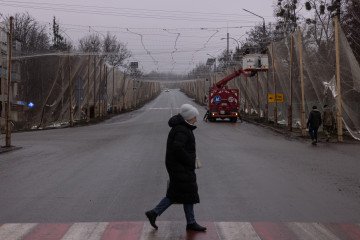
-f88628fa403b11af0b72ec7b062ce954.jpeg)
-b63fc610dd4af1b737643522d6baf184.jpg)

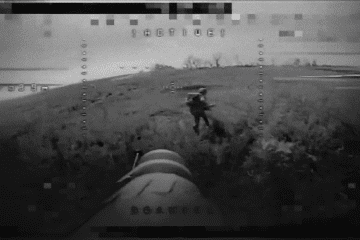
-29a1a43aba23f9bb779a1ac8b98d2121.jpeg)
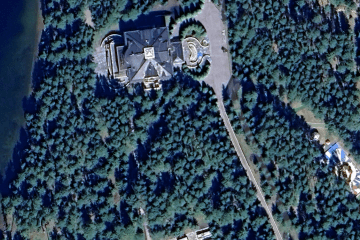
-24deccd511006ba79cfc4d798c6c2ef5.jpeg)